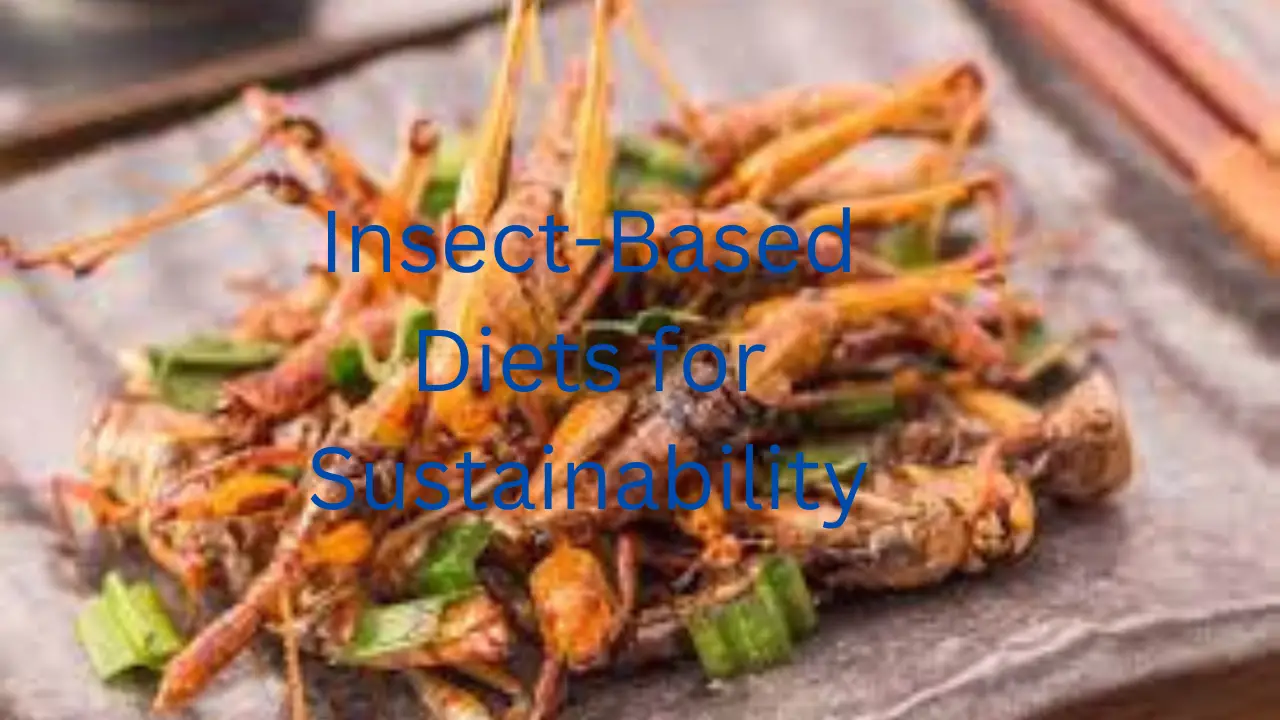
Ultrasonic Pest Repeller Indoor 6 Pack Mouse Rodent Repellent Ultrasonic Plugin Mice Repellent for House, Spider Roach Deterrent Repeller Device Garage Attic IPQ3
25% OffExploring the Environmental Benefits of Cricket Farming
Cricket farming is making a buzz in the world of sustainability, and for good reason. As we strive to find eco-friendly alternatives to our resource-intensive food production systems, crickets have emerged as unlikely heroes. In this article, we’ll delve into the fascinating world of cricket farming, exploring the environmental benefits it brings to the table. From reduced greenhouse gas emissions to water conservation and biodiversity preservation, you’ll discover why these tiny creatures are making a big impact on our planet.
Why Choose Cricket Farming?
Reduced Greenhouse Gas Emissions
Traditional livestock farming, especially beef production, is notorious for its high carbon footprint. However, cricket farming is a game-changer in this regard. Crickets produce significantly fewer greenhouse gas emissions compared to cows, making them a sustainable protein source. These little critters require less feed, space, and water, which translates to a reduced carbon footprint.
Water Conservation
Water is a precious resource, and traditional agriculture consumes vast amounts of it. Cricket farming, on the other hand, is surprisingly water-efficient. Crickets need just a fraction of the water that traditional livestock like cattle or pigs require. This means less strain on water resources, particularly in regions facing water scarcity.
Biodiversity Preservation
The vast expanses of land used for conventional farming often lead to deforestation and habitat destruction. Cricket farming, being space-efficient, helps preserve natural habitats. By reducing the need for extensive agricultural land, cricket farming contributes to biodiversity conservation, allowing ecosystems to thrive.
How Does Cricket Farming Work?
Life Cycle of Crickets
Understanding the life cycle of crickets is crucial for sustainable farming. Crickets go through various stages, from eggs to nymphs and finally to adults. Farmers carefully manage these stages to ensure a healthy cricket population while minimizing resource use.
Sustainable Feed Options
One of the keys to eco-friendly cricket farming is their diet. Crickets can be fed on a variety of organic waste materials, such as food scraps and agricultural byproducts. This not only reduces waste but also cuts down on the environmental impact of feed production.
The Circular Economy of Cricket Farming
Byproducts and Waste Reduction
Cricket farming is a champion of the circular economy. These farms generate valuable byproducts like cricket frass (insect excrement) that can be used as a potent natural fertilizer. This waste-to-resource approach minimizes waste and adds to the sustainability of the entire farming process.
Economic Opportunities
Cricket farming isn’t just environmentally friendly; it also presents economic opportunities. As the demand for cricket-based products grows, there’s potential for job creation and economic development in regions where cricket farming takes root.
Challenges and Future Prospects
Regulatory Hurdles
Like any emerging industry, cricket farming faces regulatory challenges. Establishing clear guidelines and standards for the sector is essential to ensure both environmental sustainability and consumer safety.
Consumer Acceptance
While crickets are gaining popularity, there’s still a long road to widespread consumer acceptance. Educating the public about the environmental benefits and nutritional value of crickets is crucial for their continued growth as a sustainable food source.
Technological Advancements
The future of cricket farming is exciting. Ongoing research and technological advancements are likely to further improve the efficiency and sustainability of cricket farming methods, making them even more attractive to farmers and consumers alike.











